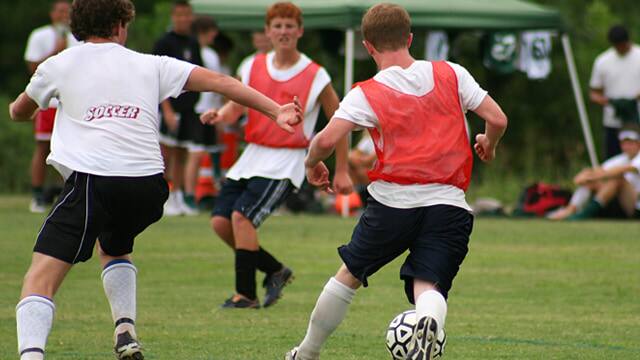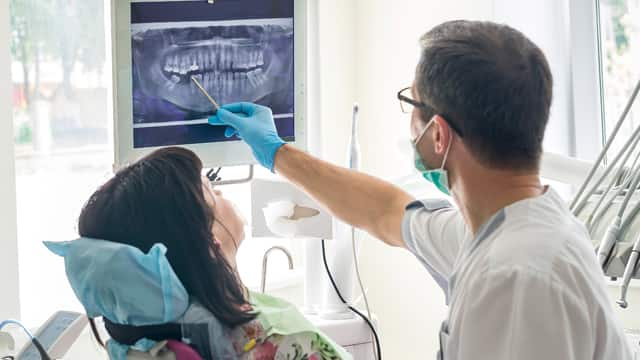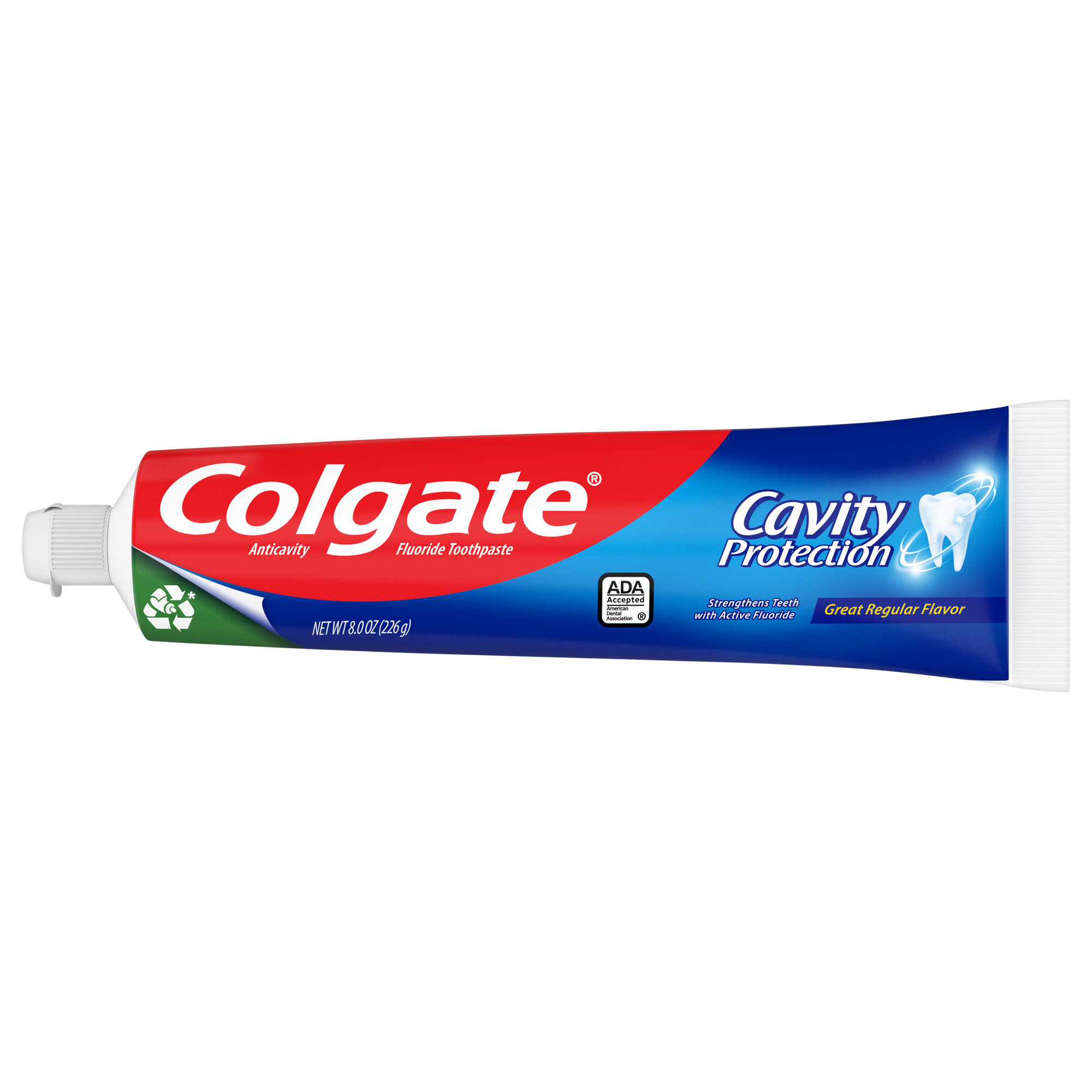When a Tooth Is Knocked Out
When your child knocks a tooth out, it can sometimes be traumatic. So it's important to diffuse the situation with comfort and empathy immediately. After that, you'll want to find the tooth as there's a good chance it can be reimplanted if it's a permanent tooth. To do so, you'll need to observe the following steps from the Mayo Clinic:
- Avoid the roots and hold the tooth by the top.
- Make sure the tooth is not fractured and completely intact.
- Avoid rubbing or running the tooth under tap water if dirty. Briefly clean it in a bowl of lukewarm tap water. It's vital to keep the root's surface cells alive and untouched as they're needed for reattachment.
- Attempt to insert the tooth back into the socket by gently biting down on gauze or a moist paper towel. Try to keep the jaw shut and bite down until you reach your dentist.
- If you can't insert your tooth into the socket, store it in your cheek, a small container of saliva, or cold milk. There are also over-the-counter solutions if you have quick access to pharmacies.
- Then get into your dentist as soon as possible for treatment. If they're closed, visit your local emergency room.
And breathe. You and your child will get through this.
What Can Happen
If it's a permanent tooth that's been cleanly knocked out, there's a good chance your dentist can reattach it. This process is quite simple, actually, as it will be splinted to the teeth next door using a thin metal or plastic wire. Over the next several weeks, the ligaments that connect the tooth to the jawbone should regrow. When the tooth is strong and reattached, your dentist will remove the splint.
A knocked-out baby tooth, on the other hand, will most likely require a space maintainer. We all know our kids eventually lose their baby teeth naturally. But when it's premature, it can lead to overcrowding in the recently vacated spot in your mouth, crooked teeth, and eating issues. Your teeth could spread out and not leave enough room for the permanent tooth under the knocked-out tooth to emerge correctly, according to the American Dental Association (ADA). A space maintainer can help prevent this as the metal appliance is inserted in the lost tooth location to help keep that area open so the permanent tooth underneath it can adequately emerge.
Filling the Gap
A dentist will do everything they can to reattach the knocked-out tooth. Sometimes it's just not a possibility. When reattachment isn't an option, usually you have two alternatives: an implant or bridge.
Implant
While more costly, implants are a more long-term and comfortable solution. According to the Mayo Clinic, an implant procedure consists of the following:
- A titanium post is inserted into the jawbone and grows together with it over the next few months.
- When the jawbone and implant are firmly embedded into each other, an abutment is attached to the post, and then a crown is attached to the abutment.
Bridge
Often referred to as a fixed partial denture, a bridge replaces missing teeth with artificial teeth by bridging the gap where the tooth used to be. According to the American Dental Association:
- Bridges are made of gold, alloys, porcelain, or a combination and attached to the teeth surrounding the tooth loss area for support.
- There are 2 types of bridges — removable bridges allow you to detach and clean it yourself, while fixed bridges are cemented to the teeth where the missing tooth or teeth are and can only be removed by your dentist.
Proper oral care of regular brushing, flossing, and dental checkups are crucial to maintaining implants and bridges. Consult your dentist to see which is best for you and your child.
You want to care for and protect your child as they grow up, but sometimes an incident like a tooth getting knocked out happens. The insight above can help prepare you and your child should something like this occur. And when managed properly, your child could look back on the experience as triumphant as they courageously endured it and knocked it out.
Oral Care Center articles are reviewed by an oral health medical professional. This information is for educational purposes only. This content is not intended to be a substitute for professional medical advice, diagnosis or treatment. Always seek the advice of your dentist, physician or other qualified healthcare provider.
ORAL HEALTH QUIZ
What's behind your smile?
Take our Oral Health assessment to get the most from your oral care routine
ORAL HEALTH QUIZ
What's behind your smile?
Take our Oral Health assessment to get the most from your oral care routine






.png)








